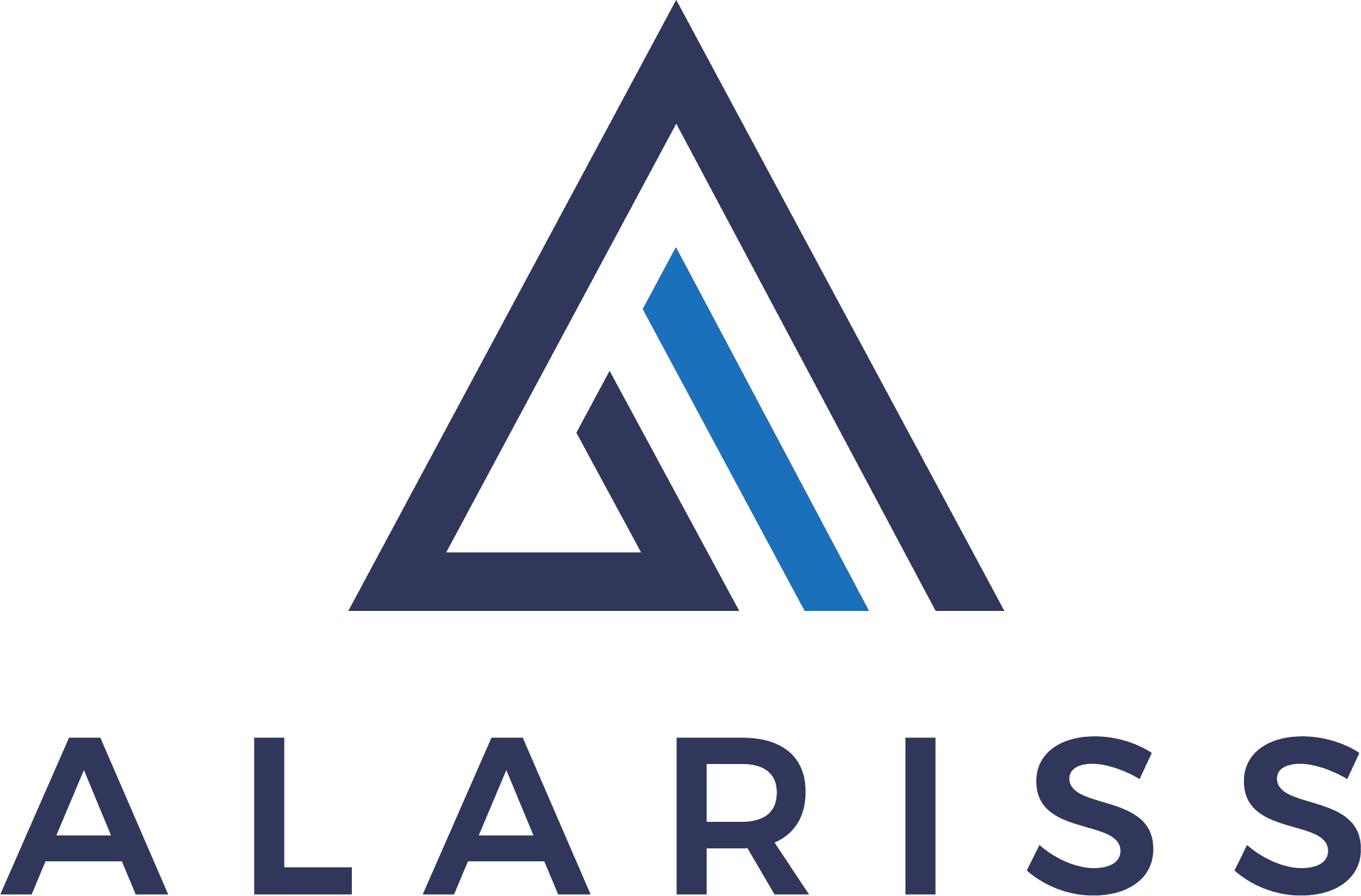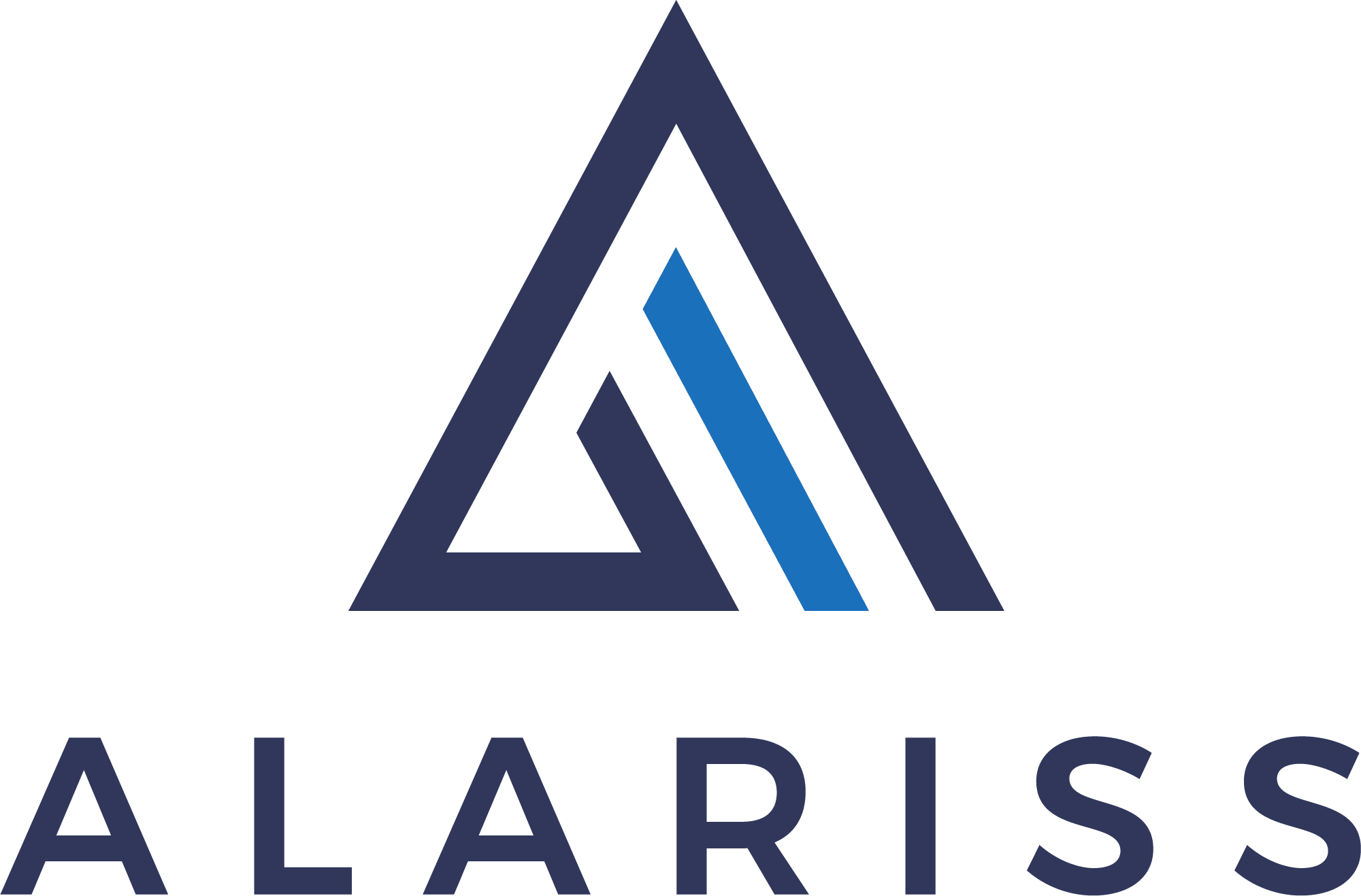Blog
What it Takes to Get Funded in 2024

July 18, 2024
Welcome to the chaotic, ever-evolving world of venture capital in 2024! If you’re a founder seeking funding, you’re probably wondering what it takes to stand out in this competitive landscape. The rules have changed, the stakes are higher, and the road to securing investment has never been more complex. But don’t worry, we’re here to break it down for you in a way that’s both engaging and easy to understand.
The Current Venture Capital Landscape
Let’s kick things off with a bit of context. The venture capital (VC) scene today is a mix of highs and lows. Seed valuations are soaring, especially for AI deals, often funded by insiders or corporate money. However, the overall market is experiencing a downturn, with fewer unicorns being created. The unicorns that do emerge are typically in the AI sector and are valued at astronomical multiples of their revenue.
In the past, investing in SaaS and cloud companies was a guaranteed win. But since the end of 2021, these companies have become less attractive investments due to their performance aligning more closely with the broader market. This shift has led to negative internal rates of return (IRR) for venture funds over the past three years, creating a challenging environment for VCs.
Despite these challenges, some investors are still actively seeking opportunities. They need to put their money to work, even if the landscape is tough. This situation is a bit like trying to find a needle in a haystack, but with the right strategy and understanding, success is still achievable.
What’s Driving VCs Today?
VCs are always on the lookout for the next big thing. Currently, the focus is heavily on AI. Companies like OpenAI are attracting massive investments despite having no revenue, driven by the belief that AI can deliver significant returns. However, this doesn’t mean that other sectors are completely off the radar. There are still opportunities in areas like cybersecurity and HR tech, where innovation and growth potential are strong.
The AI Craze
AI is the current darling of the venture capital world. Why? Because AI has the potential to revolutionize industries and deliver unprecedented returns. For instance, companies like Nvidia are benefiting significantly from AI spending, and VCs are eager to find the next big AI success story.
But it’s not just about jumping on the AI bandwagon. VCs are looking for startups with a clear advantage in AI, those that can disrupt markets and achieve rapid growth. If your startup can demonstrate this potential, you’ll be in a strong position to attract funding.

The Importance of Growth Metrics
When it comes to securing funding, growth is king. VCs are looking for startups that can deliver rapid, sustained growth. This is where metrics like Net Revenue Retention (NRR) and Net Dollar Retention (NDR) come into play. These metrics indicate how well a company is retaining and expanding its customer base, which is crucial for long-term success.
For instance, if you’re in a sector that’s experiencing a downturn, maintaining strong NRR and NDR metrics becomes even more critical. VCs are not going to cut you slack just because the market is tough. You need to be at the top of your game to attract investment.
Success Stories and Cautionary Tales
Let’s take a look at some examples to illustrate the current VC landscape. Companies like Databricks and Canva are achieving impressive growth and valuations, proving that success is still possible even in challenging times. These companies are managing to grow rapidly and maintain high valuations, making them attractive to investors.
On the flip side, there are cautionary tales like Pluralsight. Bought by Vista Equity Partners for a hefty sum, Pluralsight is now being written off due to poor revenue retention. This is a rare and alarming occurrence in the world of late-stage private equity deals, highlighting the importance of maintaining strong financial health and growth metrics.
The Pressure on VC Funds
VC funds are under immense pressure to deliver returns. Larger funds, in particular, need to find high-growth companies that can achieve billion-dollar valuations. This is no small feat, and it means that VCs are constantly on the hunt for the next decacorn—a company worth $10 billion or more.
However, the journey to finding these decacorns is fraught with challenges. For instance, even with successful exits, reaching the expected returns for large funds can be difficult. This is why VCs are so focused on finding and supporting high-growth companies.

The Role of Seed Funds
Seed funds also face their own set of challenges. They need to find and support unicorns—startups valued at $1 billion or more—to meet their return targets. This is a tough ask, especially in a competitive and demanding environment. Seed funds need to make strategic investments and navigate the complexities of the current market conditions to succeed.
The High Growth Expectations
VC funding requires high growth potential to reach billion-dollar outcomes. Most startups struggle to meet these growth rates, which is why it’s important for founders to understand the challenging VC landscape. If you’re seeking funding, you need to demonstrate that your startup can deliver the rapid, sustained growth that VCs are looking for.
Strategic Investments and Innovation
In the current market, VCs are looking for startups that can innovate and disrupt existing markets. This is particularly true in sectors like AI, where the potential for growth is enormous. If you can demonstrate that your startup has a significant advantage in AI or another high-growth sector, you’ll be in a strong position to attract funding.
The Bay Area Advantage
While the venture capital scene is global, the San Francisco Bay Area remains a hotbed for investment. If you’re serious about raising venture capital, being in or connected to the Bay Area can be a significant advantage. VCs are more likely to invest in founders they can meet in person, and the Bay Area offers a vibrant ecosystem of startups, investors, and resources.
Growth Versus Profitability
One of the biggest misconceptions among founders is that profitability will make them more attractive to VCs. While being profitable is important, it is not the main driver for VC investments. VCs prioritize growth over profitability. They are looking for startups that can scale rapidly and achieve significant market share. If your growth has slowed but you’re profitable, it won’t necessarily make you more attractive to investors.
The Triple Triple Double Double Rule
To achieve the growth that VCs are looking for, you need to follow the “triple triple double double” rule. This means tripling your revenue for two consecutive years, then doubling it for the next two years. This level of growth is challenging but essential for reaching the scale that VCs expect.
For example, if it takes you a decade to reach a million in revenue, you need to triple it to three million, then nine million, then double it to eighteen million, and so on. This rapid growth trajectory is what will make you attractive to VCs and help you secure the funding you need.
The Reality of Growth Rates
It’s important to understand the reality of growth rates in today’s market. Even among the top-performing startups, achieving the necessary growth rates can be difficult. According to data from Emergence Capital, the top quartile of business software companies is growing at around 100% annually. However, this growth rate declines significantly as companies scale, making it harder to achieve the growth targets that VCs expect.
Navigating the Competitive Landscape
The venture capital landscape is more competitive than ever. With so many startups vying for attention, you need to stand out. This means having a compelling value proposition, demonstrating strong growth metrics, and showing that you can navigate the complexities of your market.
Preparing for Funding Success
So, what does it take to get funded in 2024? It’s a combination of understanding the current VC landscape, demonstrating rapid and sustained growth, and having a clear advantage in a high-growth sector like AI.
Remember, VCs are looking for startups that can deliver significant returns, and they’re willing to invest in those that show the potential for rapid scaling. By focusing on these key areas, you’ll be well-positioned to attract the investment you need to take your startup to the next level.
Good luck on your funding journey! Stay focused, keep innovating, and don’t be afraid to aim high. The venture capital world is challenging, but with the right approach, you can secure the funding you need to succeed.





